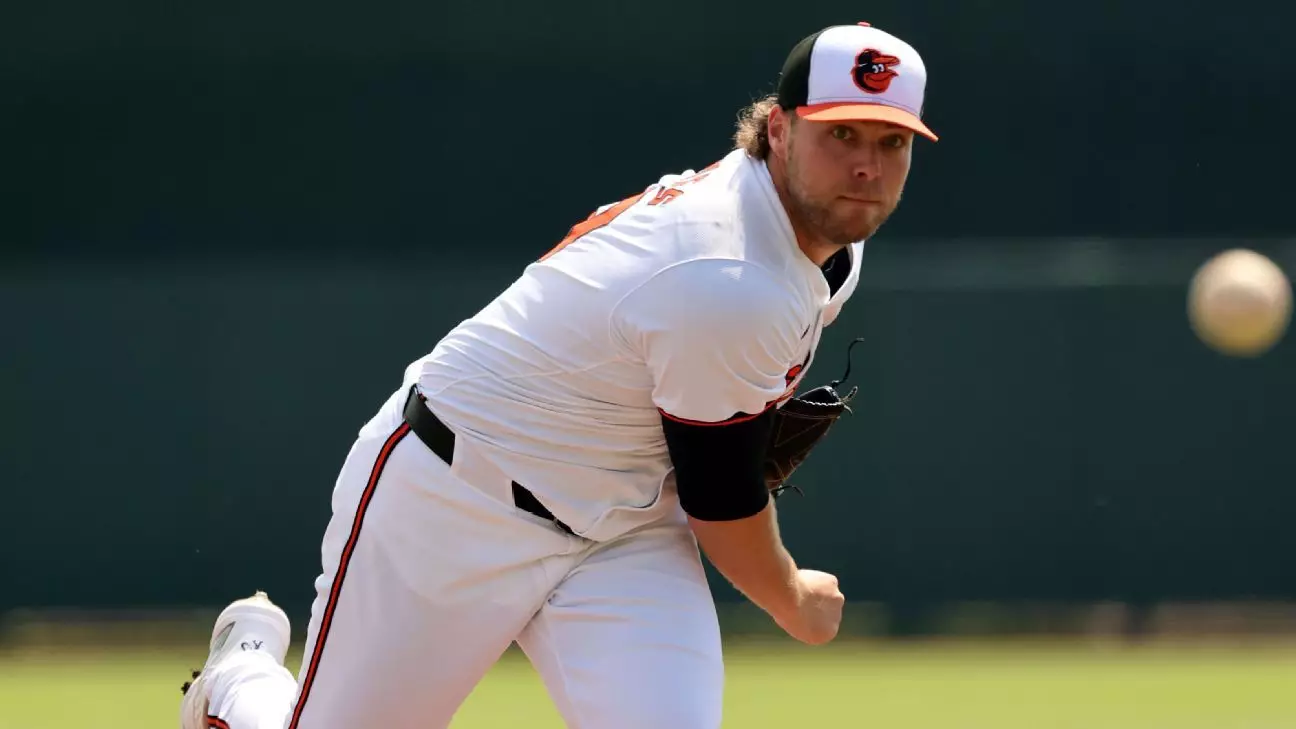The annual free agency period in Major League Baseball (MLB) ushers in a whirlwind of transactions, negotiations, and strategic shifts for teams seeking to bolster their rosters. As of this week, a significant wave of players has entered free agency, with 136 athletes opting to explore new opportunities. With both prominent stars and role players now available, the dynamics of the offseason are set to be captivating. Let’s dive into the specifics behind these players and the implications for their respective teams.
Among the notable names entering free agency are outfield sensation Juan Soto and elite pitchers like Corbin Burnes, Walker Buehler, Max Fried, and slugger Pete Alonso. The inclusion of players such as third baseman Alex Bregman and speedy outfielder Anthony Santander only amplifies the talent pool available to teams eager to enhance their lineups.
Star players often command attention not only because of their individual accolades but also due to their potential impact on team success. Soto, already a recognized talent, is expected to be in high demand, while pitchers like Burnes—Fresh off winning the Cy Young Award—could reshape pitching rotations across the league. Their ability to draw significant interest underscores the competitive nature of the free agency landscape, where teams are keen to transact for big names that can alter their fortunes in pursuit of championships.
The free agency frenzy is compounded by pending option decisions that could add even more players to the mix. Teams, by their strategic calculations, must determine whether to exercise options or let players test the market. In this facet, decisions loom over high-priced players like Atlanta’s Marcell Ozuna and New York Yankees’ Anthony Rizzo. Their respective contracts present varying levels of risk and reward, making each decision critical for franchise futures.
Furthermore, star pitchers, including the likes of Gerrit Cole and Blake Snell, have player options that could swing dramatically based on team negotiations. This creates an intriguing layer where players and teams assess the worth of current signing terms against projected market values, especially in a season where pitch counts and performance metrics will heavily correlate with long-term contracts.
Some high-profile players face the repercussions of injury and underperformance, demonstrating the dual-edged nature of free agency. Pitcher Justin Verlander’s options were thwarted when he failed to log the necessary innings this past season. This emphasizes a crucial aspect of player value: health and consistency are paramount in negotiations. Teams are now wary, not only of the talent at hand but also of the durability and long-term viability of these athletes in their respective roles.
Another player to watch is Yoan Moncada, who has been beset by injuries, leading the White Sox to decline their option. Contracts predicated on past performance can quickly become liabilities if the player cannot maintain their form due to injuries, thus presenting a challenging landscape for both players and management alike.
The myriad decisions occurring around the league indicate a chess game where franchises must balance immediate needs with future assets. For example, the Cardinals’ decision to move on from veteran pitchers like Kyle Gibson shows a pivot towards rebuilding or optimizing their core for greater effectiveness. In contrast, the Red Sox’s strategic decision to exercise Lucas Giolito’s player option indicates a short-term focus on immediate assistance rather than building for the future.
As teams stake their claims and negotiate terms, the value of each player fluctuates based on market realities, competing team needs, and personal contracts with looming implications. The overall shape of the MLB rosters is primed to change dramatically, with franchises under pressure to build competitive squads capable of challenging for the postseason.
The recent wave of free agency not only unveils talent but also sets the stage for broader conversations about how teams will structure their final rosters heading into next season. As players start negotiating contracts and teams explore the possibility of innovative deals, fans and analysts alike will keep a close watch on the evolving landscape.
Ultimately, free agency serves as a powerful reminder of the fluidity of professional sports. With each offseason, the balance of power shifts, driven by key players seeking new opportunities, teams pursuing championships, and the overarching quest for success. As negotiations heat up, the winter months promise to be filled with action, paving the way for a more dynamic MLB landscape as fans eagerly anticipate how these changes will manifest on the field.

